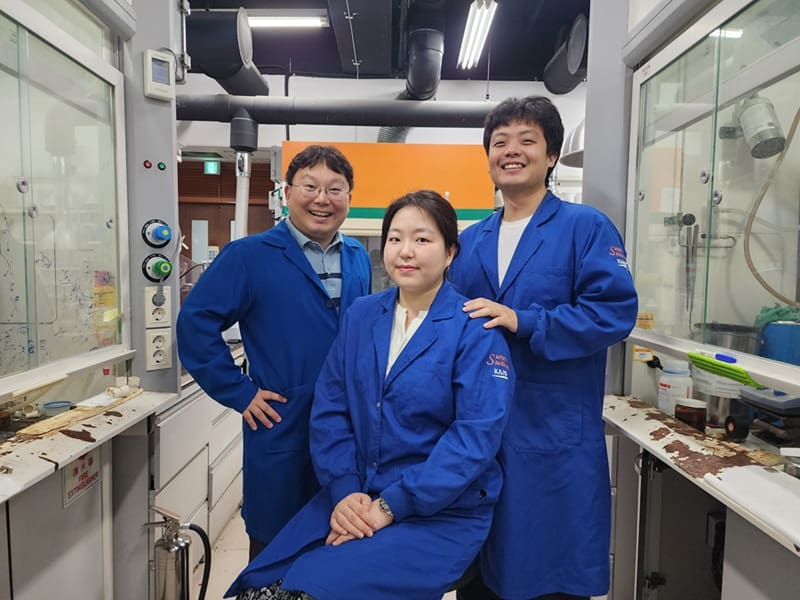Chemical synthesis of herpotrichones: A breakthrough for the treatment of neurodegenerative diseases
The Korea Advanced Institute of Science and Technology (KAIST) has announced a significant advance in the development of therapeutics for neurodegenerative diseases such as Alzheimer’s and Parkinson’s. A research team led by Professor Sunkyu Han of the Department of Chemistry has for the first time chemically synthesized the anti-neuroinflammatory natural products herpotrichone A, B and C, which could be obtained from a symbiotic fungus(Herpotrichia sp. SF09) of pill bugs in only minute amounts. This success, published in the Journal of the American Chemical Society (JACS ), paves the way for the development of novel drugs against neuroinflammatory diseases.
Herpotrichones are characterized by a unique pentacyclic scaffold (6/6/6/6/3 ring structure) and strong anti-inflammatory properties in the brain. They suppress inflammatory reactions and protect nerve cells by inhibiting ferroptosis, an iron-mediated cell death process that plays a role in neurodegenerative diseases such as Alzheimer’s and Parkinson’s disease. Until now, the extraction of these substances from natural sources has been severely restricted due to their low availability, which has made drug development difficult.

Professor Han’s team developed a biosynthetic-inspired strategy based on the Diels-Alder reaction, a chemical reaction that creates a six-membered ring by forming new carbon bonds. The key to success was the targeted use of hydrogen bonds, which controlled the reaction chemo-, regio- and stereoselectively. Without these bonds, undesirable by-products were predominantly formed. The precise control of the C2′-hydroxyl group enabled ideal transition states, which made the synthesis of herpotrichone C as well as A and B possible.
Remarkably, the Diels-Alder reaction in the laboratory led to the formation of new molecular structures that have not yet been discovered in nature but are potentially pharmacologically active. A by-product that occurred during the synthesis of herpotrichone A and B turned out to be herpotrichone C , which was identified by a Chinese research team in 2024. This underlines the importance of synthesis for the discovery of new natural products.
Professor Han emphasized that this first complete synthesis of a rare natural product with neuroprotective potential not only advances the development of new therapeutics, but also facilitates research into the biosynthesis of this group of substances. The research, led by master’s and Ph.D. student Yoojin Lee, was supported by the National Research Foundation of Korea, the KAIST UP Project, the Grand Challenge 30 Project and the Trans-Generational Collaborative Research Laboratory Project.
According to the authors, this breakthrough opens up new perspectives for the treatment of neurodegenerative diseases with natural product-based drugs and could accelerate the development of precise, effective therapies against Alzheimer’s, Parkinson’s and other neuroinflammatory diseases.
Editor: X-Press Journalistenbû¥ro GbR
Gender Notice. The personal designations used in this text always refer equally to female, male and diverse persons. Double/triple naming and gendered designations are used for better readability. ected.




